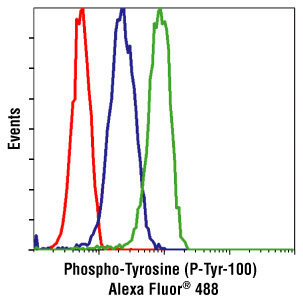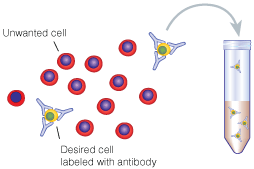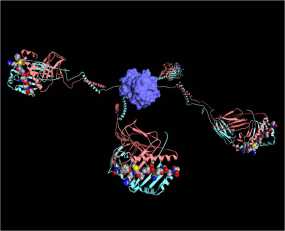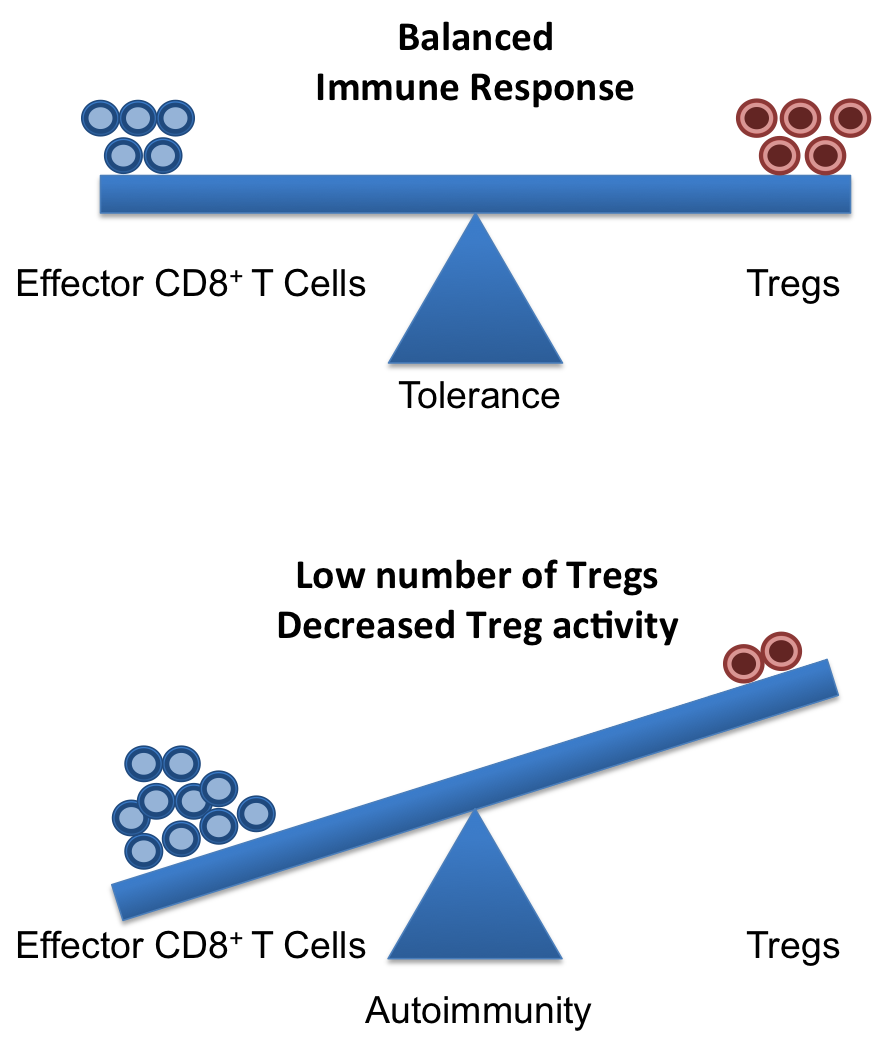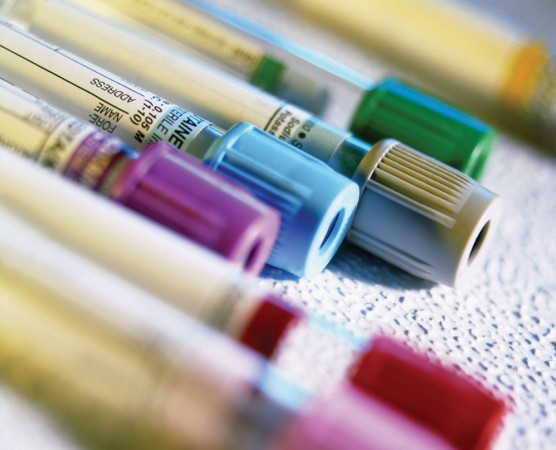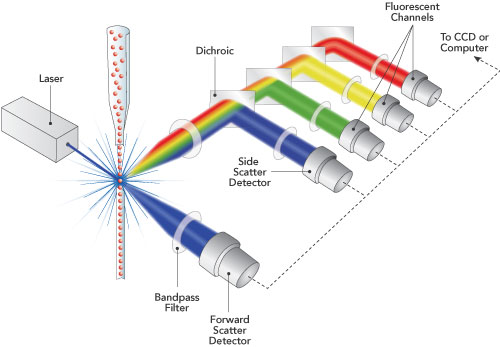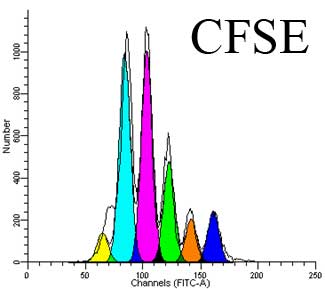In this blog series opening article, I discussed how cytospins could be used to separate cancer cells from non-cancer cells1. This cytology method and subsequent staining of the resultant cells are a key component of diagnosis and screening of diseases such as cancer. The cytospin technique can be used on any single cell suspensions of any source such as peripheral blood mononuclear cells (PBMCs), effusions, cerebral spinal fluid (CSF), bronchial lavages, fine-needle aspirates, culture cells, etc.
In cytospins, single cell suspensions are spun onto a microscope slide by use of a cytocentrifuge. A cytocentrifuge spins cells at an angle, at low speeds, and accelerates and decelerates gradually. The fluid from the suspension is absorbed onto filter paper while the centrifuge is spinning. This allows the cells to adhere to the slide in a monolayer format. The cell settling rate is determined by the rotational speed of the centrifuge and the size and density of the cells. Large or dense numbers of cells settle quickly. Small or sparse numbers of cells settle slowly.
One question often asked is what is the optimum resuspension solution for cells that will undergo the cytospin process? The type of resuspension solution used is dependent on the cells. A good rule of thumb is to use whatever solution will keep the cells alive and healthy throughout the cytospin procedure. The best morphology and subsequent staining of the cytospin cells are generated from cells that are freshly harvested. However, as soon as cells are removed from the body, they begin to die. In order to delay the cell death and protect the cells during the cytospin process, cells are resuspended in tissue culture media or phosphate buffered saline (PBS) with 1% – 10% bovine serum albumin (BSA) and/or 1% – 2% serum such as fetal calf serum (FCS). The tissue culture media and PBS provide a pH balanced liquid and ion replacement for the cell’s native environment. The BSA and serum provide a source of protein as a nutrient to keep the cells healthy and alive for a relatively short amount of time. BSA and serum also stabilizes enzymes to delay internal protein and nucleic acid degradation, which leads to a cascade of events that eventually destroys the cell.
So, should you use tissue culture media or PBS boosted with protein? Again, this depends on the cells and the answer to this question must be determined empirically. If the cells are coming directly from in vitro cell culture then the answer is easy. Keep the cells in the cell culture media that they were culture in. Unless you are interested in seeing on your cytospin slide everything that was in the cell culture well, it is suggested that you wash your cells in fresh media to remove any debris or dead cells before you cytospin. If the cells will be taken directly from the host/patient and then processed for cytospin, determine how long the cells will be out of the host/patient before they are actually taken through the cytospin process. If the cells will be taken through multiple washes to remove debris, other cells, or tissue structural components that are not of interest, it is best to keep the cells resuspended in tissue culture media. A good starting tissue culture media is Dulbecco’s Modified Eagle Medium (DMEM) with 10% FCS. If the cells will be processed immediately or only go through one wash, the cells could be resuspended in PBS with 1% BSA plus 1% FCS as a good starting solution.
My next post will continue with this series on the cytospin process as well as presenting tips for troubleshooting.
1 Ikeda, K., Tate, G., Suzuki, T., Kitamura, T. & Mitsuya, T. Diagnostic usefulness of EMA, IMP3, and GLUT-1 for the immunocytochemical distinction of malignant cells from reactive mesothelial cells in effusion cytology using cytospin preparations. Diagn Cytopathol 39, 395-401, doi:10.1002/dc.21398 (2011).


